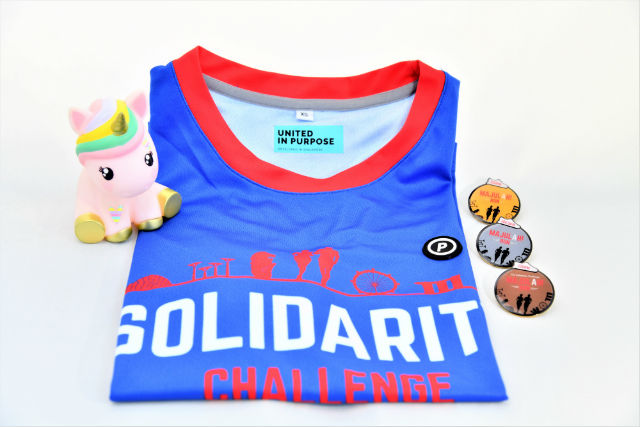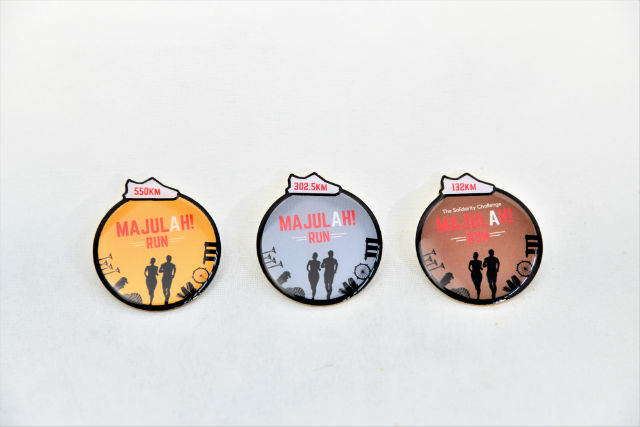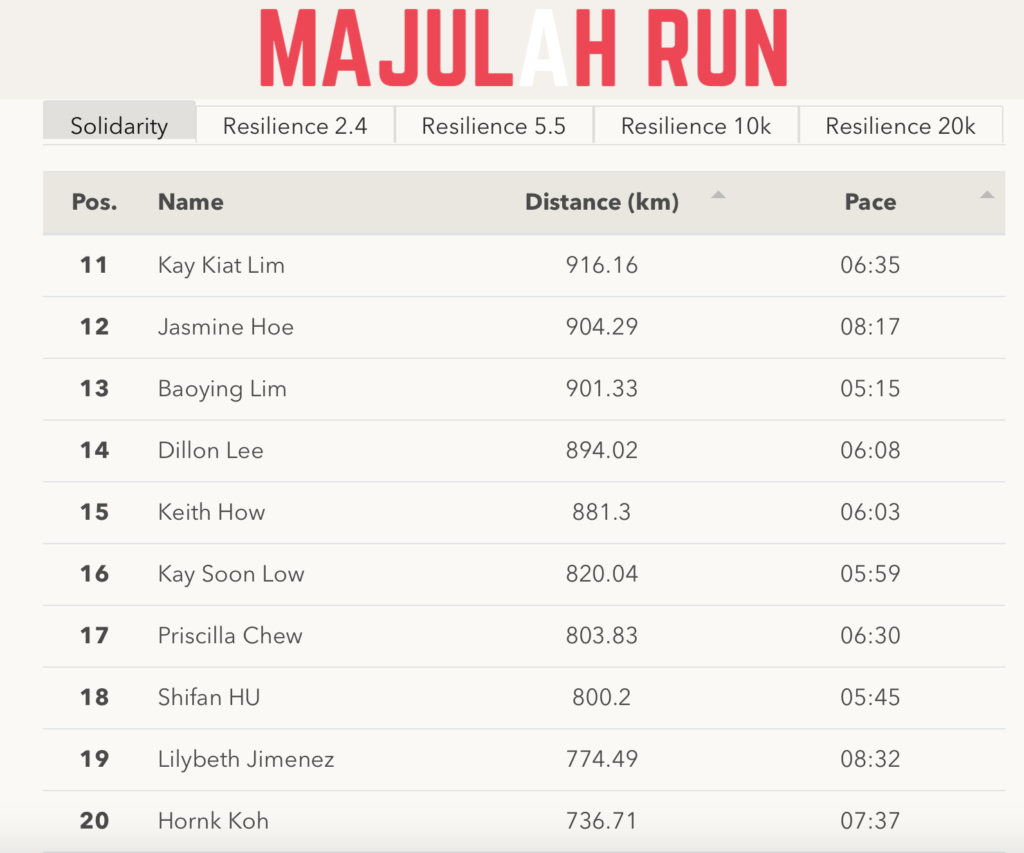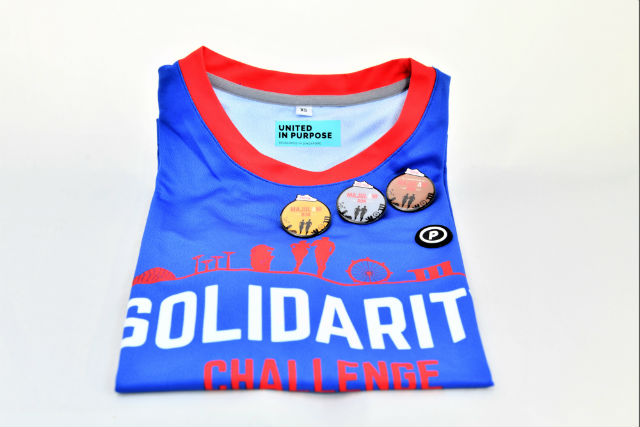Over the past 55 days, I had been steadily clocking the miles in the build-up to Singapore’s 55th birthday, which took place last Sunday on 9 August.
These miles had been counted towards the Maju Lah! Run, which was a unique virtual race taking place over 55 days, with the aim of celebrating our nation’s 55th year of founding and demonstrating Singaporeans’ togetherness, unity and resilience, in the face of Singapore’s most challenging time in recent history – the global Covid-19 crisis.

Maju Lah! Run had two different categories, a Resilience and Solidarity category. For Resilience, runners could pick 2.4km, 5.5km, 10km and 20km and run this distance every day throughout the 55-day duration.
For the Solidarity category, runners try to clock as many miles as possible during the event period, with four milestones along the way that they can hope to achieve. These are 132km, 302.5km, 550km and 1100km. For each milestone target clocked as part of this category, runners would receive a token of achievement.
I was inspired to take part in this challenge; after all, considering our forefathers went through hardship and struggles to get Singapore to where it is today. So 55 days of running continuously is nothing in comparison to those struggles they encountered. This is the least that I can do as a Singaporean in the 21st century.
I took part in the Solidarity category, and managed to cover 803km within the 55 day period.
The Maju Lah! Run had concluded on the 8th of August, the eve of Singapore’s National Day.
And my personal target had been 800km, so this meant that I had achieved my goal.
Because my category did not require a specific distance to be clocked per day, I chose to mix up my runs so that my body would have time to rest and recover.

I covered anything from 5km to 21km during my run sessions depending on how my body was feeling, and how close I was towards reaching my weekly targets.
My runs had mainly been easy aerobic sessions, but when my training with my running group, Coached, resumed again towards the beginning of the Maju Lah! Run Solidarity challenge clocking period, I attended these sessions as they are good to add some speed and variety to my running. These were hour-long runs, and mostly tempo or interval based.
As well, with a 21km run completed at least once a week on Sundays, I should say that I was pretty much on target throughout the duration of the Solidarity Challenge.
I admit that I did increase the mileage slightly in the final week or so of the Maju Lah! Run clock-in period though, to ensure that I did not fall under my personal target.
Most of my runs had been done around the surroundings of my neighbourhood, with the occasional exploratory run on weekends to other parts of Singapore.
While this was a personal challenge for me to see how far I could stretch myself, I was pleasantly surprised to see that I was able to maintain a top-20 position throughout the challenge. My final placing was 17th.

From the beginning, I quickly realised that I had no hope of getting a podium placing; already on the first few days, there were a couple of runners who completed the full marathon distance, and a runner who shot to the top of the leaderboard with a 50km run.
As the days passed, this runner would go on to complete a 50km every day of the Maju Lah! Challenge, a feat that I could never hope to emulate, unless I had wanted to break my legs! I don’t know how some of these runners do it and it made me rather curious to find out who this guy was. Apparently this ultra-runner even went, ironically, by the alias ‘couch potato.’

In order to clock our runs into the system, we would simply log into our account and key in the total time and distance that we had covered for the day, and the app would automatically calculate our pace.
And if we had run more than once in a day, we would be tasked with adding up the total time and distance covered and use these figures instead of clocking in each run manually.
While the system was easy to use, I found it strange that evidence was not required as proof that we had completed the runs. Most virtual runs require screenshots to be uploaded for every session, in order to prevent potential cheating or dishonesty.
According to the Maju Lah! Run team though, they would contact the eventual podium winners and ask them for screenshots of random runs as proof, so I guess that this is their way of ensuring fairness before handing out the prizes.
Overall I have to say that the Maju Lah! Run was an interesting initiative to get runners to go out there and push themselves to their limits, seeing how far they can go.

Even though I never met any of my other competitors physically throughout the duration of the Maju Lah! Challenge, I liked the feeling of competition, when I logged my runs daily and seeing myself slowly crawl up the leaderboard.
This is a feeling that I have missed during the Covid-19 era with the cancellation of all physical races, so I thought it was good of the Maju Lah! Run, to bring back the feeling of friendly competition among runners, albeit to a small extent.

Leave a Comment